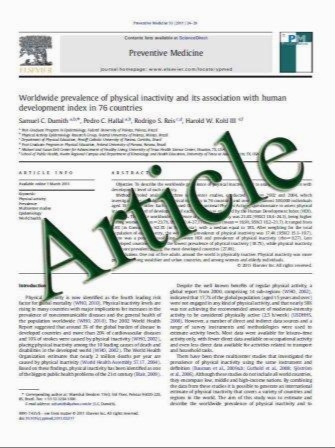Obesity: An Independent Risk Factor for Insufficient Hemostasis Using the AngioSeal Vascular Closure Device After Antegrade Puncture
- نوع فایل : کتاب
- زبان : انگلیسی
- مؤلف : Peter Minko Marcus Katoh Stefan Gra¨ber Arno Buecker
- چاپ و سال / کشور: 2011
Description
Purpose This study was designed to investigate the efficacy of the AngioSeal vascular closure device after antegrade puncture of the femoral artery. Methods In a prospective study, 120 consecutive patients underwent lower limb vascular intervention by an antegrade access to the common femoral artery (CFA). After intervention, a 6F (n = 88) or an 8F (n = 32) AngioSeal vascular closure device was used to achieve hemostasis. The technical success or the cause of failure was documented. In addition, the coagulation status (platelets, INR, prothrombin time, atrial thromboplastin time (PTT)), hypertonus, locoregional habitus of the groin, body mass index (BMI), presence of calcifications, and history of previous surgical interventions of the CFA were evaluated. Results Hemostasis was achieved in 97 patients (81%). In 12 patients (10%), persistent bleeding of the puncture site required manual compression. In another nine patients (8%) a kink of the sheath obviated the passage of the collagen plug toward the vessel, and in two patients the anchor dislodged out of the vessel, requiring manual compression. There were no significant differences between the groups of successful and unsuccessful sealing regarding the mean platelets (241 vs. 254 * 109/l; P = 0.86), INR (1.06 vs. 1.02; P = 0.52), prothrombin time (90% vs. 90%; P = 0.86), and PTT (30 vs. 31 s; P = 0.82). However, unsuccessful sealing was more likely in obese patients with an increased BMI (26.6 vs. 28.8 kg/m2; P = 0.04). Conclusions Obesity seems to be an independent risk factor for insufficient sealing using the AngioSeal vascular closure device after antegrade puncture of the CFA. In 8% of our patients, hemostasis could not be achieved due to kink of the flexible sheath.
Cardiovasc Intervent Radiol Received: 3 April 2011 / Accepted: 5 July 2011


